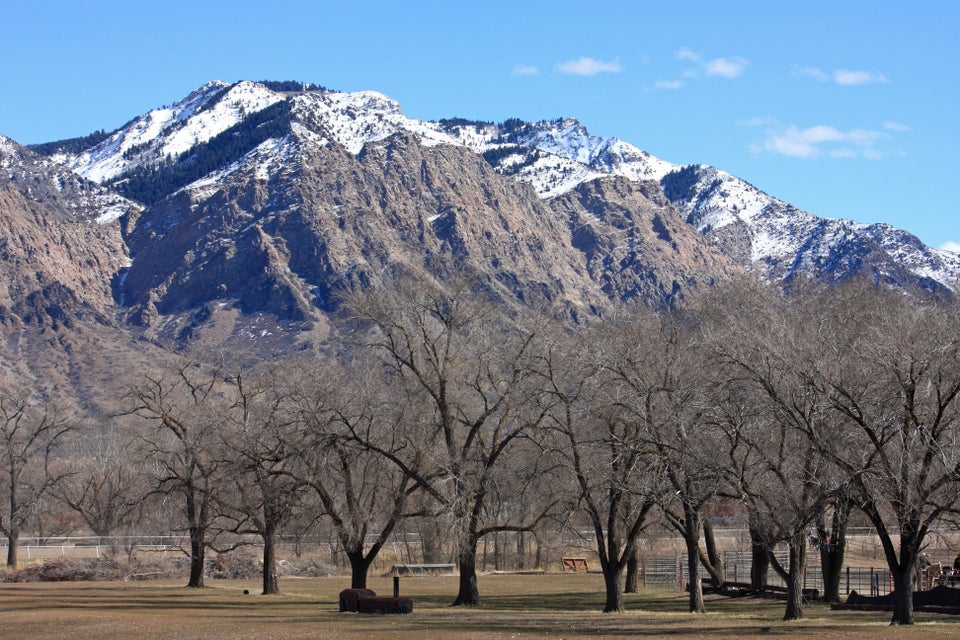Sooner or later, the family house becomes too big, too expensive to maintain, and its stairs become a challenge. Women, especially if they are on their own, have to determine the right time to move and where to live next -- whether to live alone, join a community of age-mates, or move in with children or other relatives or settle near them. There are considerations about old friends and familiar places that may be left behind. In our 70Candles conversation groups and at 70Candles, we've seen that the important question of living arrangements weighs on the minds of women as they get older.
Here are some of the many choices now available.
AGING IN PLACE
Studies suggest that as many as 90 percent of Americans 65 or older prefer to stay in their own homes indefinitely. They feel comfortable in familiar surroundings, they know their neighbors, they treasure friendships and neighborhood ties that have endured for decades.
URBAN INTENTIONAL COMMUNITIES
Many retirees are drawn back to cities where public transportation, walkability, and abundant services are offered. In New York and Philadelphia, women in 70Candles conversation groups described selling the home where they raised their families, and moving back to "the city." In response to the unprecedented increases in their aging populations, many American cities have started to make senior-friendly changes to their urban landscape.
MOVING IN WITH FAMILY
Some families prepare well ahead for incorporating a grandma into their homes. Some build a "mother-in-law apartment" onto the house, retrofit a garage, or have a separate floor allocated for a grandparent's residence. When this works well, grandparents can have the pleasures of being near grandchildren as they grow, the children can profit from knowing their grandparents more intimately, and their parents can be available if the elder needs assistance.
HOME SHARING
Women on their own are experimenting with home sharing in cities across the country. Several women purchase a large home together, work out legal, financial, and social sharing protocols to form a small community, while reducing their individual living expenses. There is even an on-line matching service for women -- Roommates4Boomers -- that analyzes participants' questionnaires to suggest compatible living companions.
RETIREMENT COMMUNITIES -- Various types exist around the country
Co-Housing
Co-housing is a model for adults 50 or older, brought to the States from Denmark by architects McCamant and Durrett. It is a collaborative venture wherein the residents participate in designing and operating their own neighborhoods. The co-housing model harkens back to communes of the 60's, with the focus on both individuality and interdependence.
Independent Living
Across the country, "independent living" or "senior living" facilities might appear as multi-story apartment buildings, as sprawling condominiums, or as homes on golf courses. Whether singular structures or entire villages, these planned communities offer an array of amenities, activities, and services for a newer, more energetic senior generation.
Other Independent living arrangements, where activities are not typically provided, are referred to as senior housing, senior homes, or senior apartments. In a wide range of settings from basic apartment houses to upscale resort-like accommodations, seniors can live as independently as possible, within a community of peers, knowing that if support services are not available, they can acquire them on their own, when and if they are needed.
Assisted Living
For those who need assistance with daily care, Assisted Living apartments and, more recently, small Assisted Living boarding homes may be the right fit. Here, nurse aids or technicians can offer help with activities of daily living, including meals, dressing, toileting, and medication. Transportation is available for group outings and recreational purposes. Many assisted living facilities are embedded in Continuing Care Communities where step-down or step-up possibilities exist as health conditions dictate.
Long-Term Care
Even the once-dreaded nursing home is undergoing evolutionary changes. The Eden Alternative, conceived of by geriatrician Dr. William Thomas to ward off the suffering he saw caused by loneliness, helplessness, and boredom, incorporates nature, animals, children, and increased human interactions, into the traditional nursing home setting.
His newer model, The Green House Project, advances the comfort and humanizes the experience further. It proposes "small intentional communities for groups of elders and staff, to focus on living full and vibrant lives." There are no standard schedules to follow, and no more than 12 "elders" live in each home. Each has a private room with bath near a commons area that includes a kitchen, living room, and large communal dining table.
These choices depend on the health, financial means, and lifestyle choices of both the aging person and her or his family.
Where do you picture yourself living as you age?
Do any of these choices see appealing?
Do you have another vision?
We'd love to hear your views.
Excerpted from the book 70Candles! Women Thriving in Their 8th Decade by Jane Giddan and Ellen Cole...Coming soon.
Earlier on Huff/Post50:

